Used Ford Kuga review: 2012 to 2019 (Mk2) - pictures
Images of the Mk2 Ford Kuga SUV
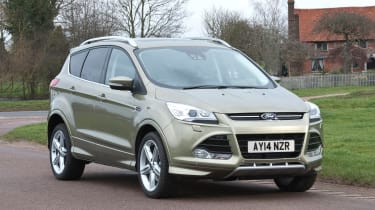
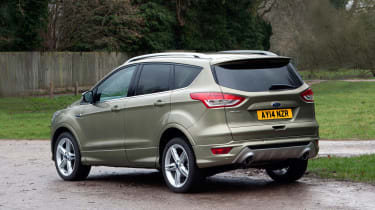
- Skip advertAdvertisement - Gallery continues below
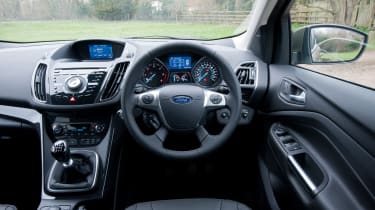
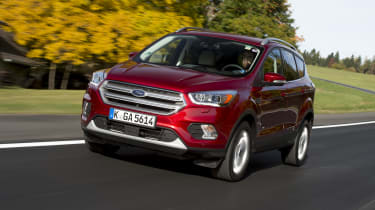
The Ford Kuga is Ford's entry to the midsize SUV market, competing with the SEAT Ateca, Skoda Kodiaq and Nissan Qashqai
- Skip advertAdvertisement - Gallery continues below
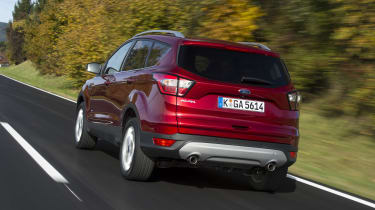
It shares much of its mechanical structure with the Ford Focus, which helps it to deliver a car-like driving experience
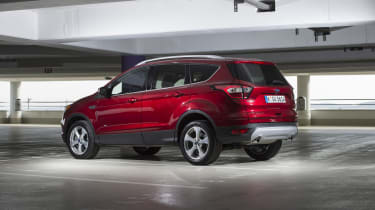
The Ford Kuga is now in its second generation and has been kept up to date with frequent style and equipment changes
- Skip advertAdvertisement - Gallery continues below

Its most recent update has given it a far more aggressive, truck-like appearance, in keeping with the popularity of American-style pickup trucks
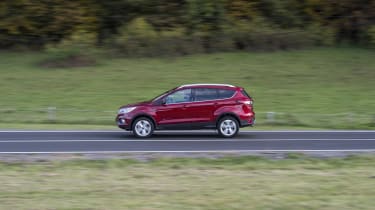
Also sold in North America as the Ford Escape, the Kuga looks equally at home on UK roads and has been a big seller since first arriving here in 2008
- Skip advertAdvertisement - Gallery continues below
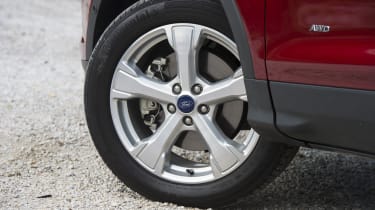
The suspension has been designed to offer a good compromise between comfort and driving agility, and all on board will enjoy the Kuga
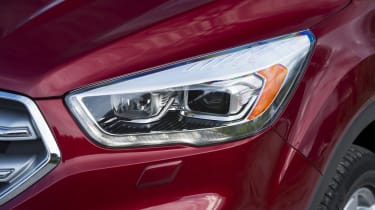
Sharp-looking, angular headlights are typically Ford, and match the looks of other recent models from the manufacturer
- Skip advertAdvertisement - Gallery continues below
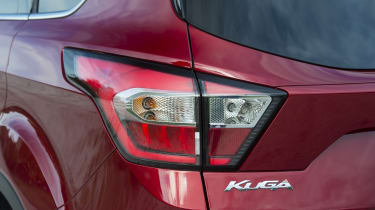
The Kuga can be chosen in front-wheel drive or four-wheel drive variants, although the latter is designed more to cope with poor roads than for off-road excursions
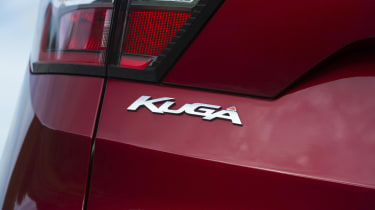
Engine choices are the 1.5-litre turbocharged EcoBoost petrol, or 2.0-litre TDCI diesel, giving every Kuga a respectable turn of speed
- Skip advertAdvertisement - Gallery continues below
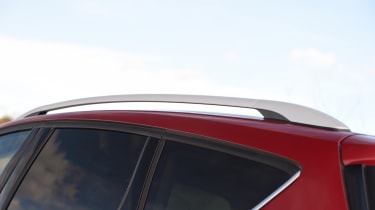
Roof bars hint that the Kuga is about utility, as well as sport – it's a great choice for an active family that wants a stylish, practical car
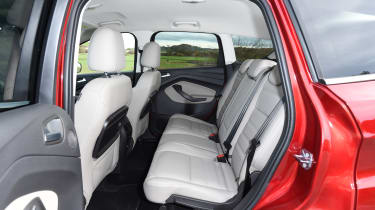
Space in the back is generous, passengers will have no trouble finding room for feet, knees or head.
- Skip advertAdvertisement - Gallery continues below
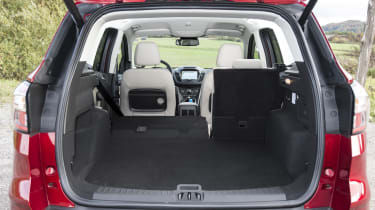
The bootspace is pretty much on a par with the Renault Kadjar, with rear seats dropping down to allow a huge, van-like load area
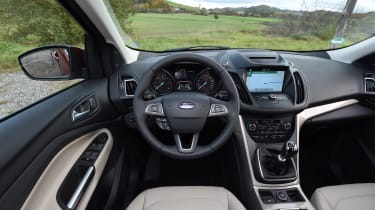
The dashboard looks and feels fine in isolation, but it can't match the style and quality of some of its new rivals, such as the Peugeot 3008
- Skip advertAdvertisement - Gallery continues below
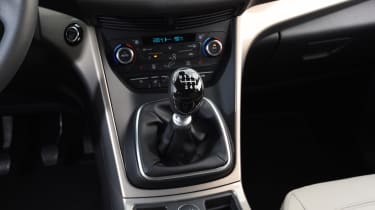
On petrol cars, the manual gearbox can be chosen with two-wheel drive, while the 148bhp diesel engine with four-wheel drive can be chosen as a manual or automatic
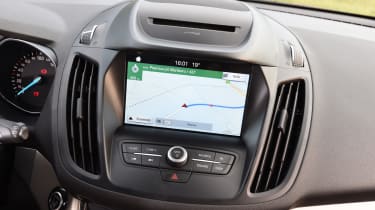
Ford's SYNC3 infotainment system is standard on Titanium models and above, while base Zetec models have Ford's more basic SYNC setup
- Skip advertAdvertisement - Gallery continues below







